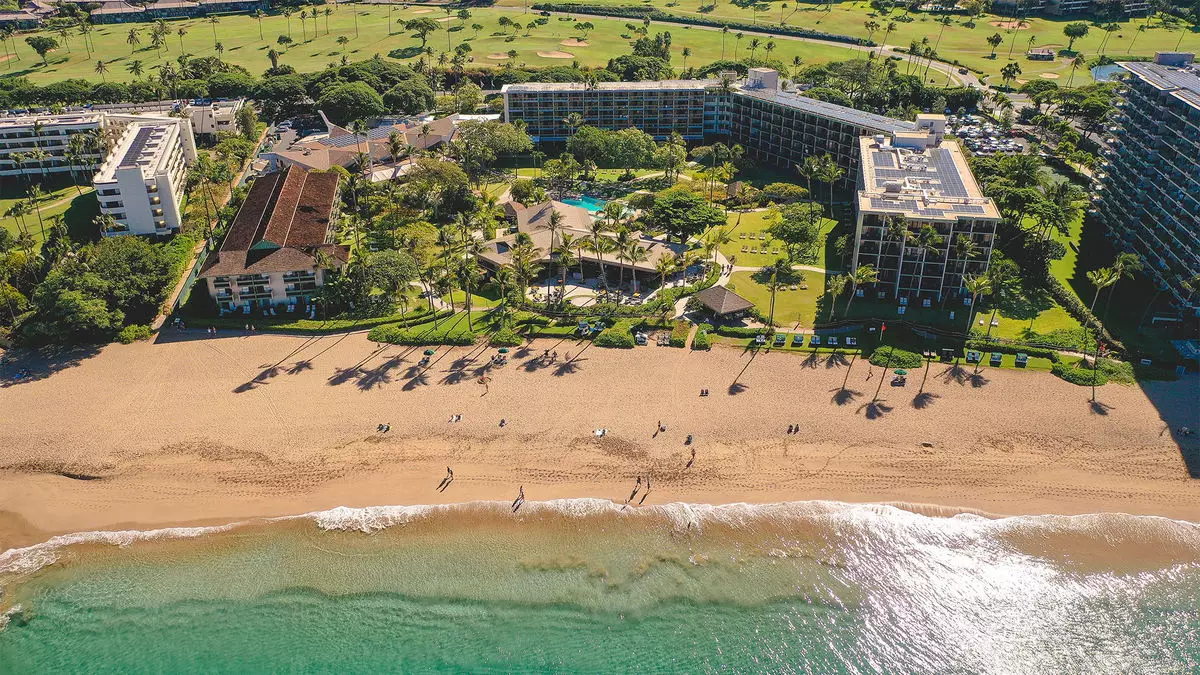The wildfires that ravaged Maui in 2023 left the island grappling with a significant downturn in its tourism economy. Nearly 18 months later, Hawaii’s government is stepping in with a strategic response to reignite the passion for visiting this breathtaking destination. With a commitment of $6.3 million earmarked for tourism recovery initiatives, Governor Josh Green aims to revive Maui’s appeal while addressing the economic struggles stemming from both local wildfires and those affecting Los Angeles County. The huge reliance of the local economy on tourism makes this recovery not just desirable but essential.
A critical analysis of recent data highlights just how deeply the wildfires impacted Maui’s tourism sector. The island recorded the largest decline in hotel revenue — specifically, revenue per available room (RevPAR) — among all U.S. tourist destinations last year, with a staggering drop of 13.2%. This downturn stems not only from diminishing hotel occupancy rates but also from a fall in the average daily rate (ADR) for rooms. Neighboring regions like Fort Myers also faced challenges, albeit to a lesser degree, showcasing the widespread ramifications of natural disasters on tourism-dependent economies.
Further insights from Michael Stathokostopoulos, a senior director of hospitality analytics at CoStar Group, provide a grim picture of the recovery trajectory. While demand for hotel bookings in Maui had met 87% of pre-wildfire levels in 2022, projections for 2024 have dropped to just 77%. Such figures should serve as wake-up calls for stakeholders to urgently address the factors affecting visitor attraction and retention.
Data released by the Hawaii Tourism Authority outlines another troubling trend: the number of visitors to Maui has diminished significantly. In 2024, approximately 2.35 million tourists ventured to the island, reflecting a decrease of 6% from the previous year. More alarming is the fact that this number represents a steep 23.4% decline compared to 2019 figures, when 3.1 million visitors enjoyed the paradise of Maui. Los Angeles’ role as a key market for Hawaiian tourism further complicates the situation, as the recent wildfires in California might have repercussions on visitor numbers arising from that region.
James Kunane Tokioka, director of the Department of Business, Economic Development and Tourism, candidly acknowledged the gravity of the situation, calling it a “big concern.” His remarks highlight an urgent need for targeted interventions to bolster the tourist influx, particularly in connection with the plight of West Maui hotels that have seen bedroom vacancies skyrocket compared to previous years.
Despite the dire statistics, there remains a glimmer of hope. Stathokostopoulos forecasts a potential recovery in RevPAR over the next three years, estimating growth of over 5% annually fueled by an upscale market. This optimism rests on Maui’s abundant higher-tier hotel offerings, which could compel visitors to pay more for their stays. However, Stathokostopoulos also cautions that occupancy rates may continue to decline unless the demand for accommodation sees a resurgence in the short to medium term.
The landscape may change slightly after early 2025 is analyzed, especially if the full impact of the California wildfires is considered. Such forecasting must adapt to the living data from the ground as recovery initiatives unfold. Nevertheless, some industry leaders are already spotting early signs of improvement.
Jeff Wagoner, the CEO of Outrigger Hospitality Group, shared a positive perspective, noting incremental improvements in occupancy rates at their properties in West Maui. While Wagoner recognizes the lengthy journey towards full recovery, he is encouraged by early signs of revitalization and believes that the new marketing funds will propel determined efforts to attract tourists back to the island. The integrated approach to marketing across the state suggests benefits will extend beyond just Maui, as many travelers often plan itineraries that encompass multiple islands of Hawaii.
Emphasizing the importance of targeted marketing strategies, Tokioka clarified that the upcoming efforts would incorporate proven approaches to attract more visitors. The critical message that resonates is simple: “We need to get more heads in the beds.” This clear and actionable objective encapsulates the ambition driving Hawaii’s renewed tourism campaign.
As Hawaii embarks on this path toward tourism recovery, the multifaceted strategy supported by marketing funds aims to combat the lingering effects of the wildfires. Though immediate challenges remain evident, the combined hope of local stakeholders and strategic investments may ultimately bring Maui back to its glorious heights as one of the world’s premier travel destinations. The journey ahead is laden with uncertainty, yet the resolve to bounce back remains strong amidst the conviction that Maui’s beauty and allure will captivate visitors once again.


Leave a Reply